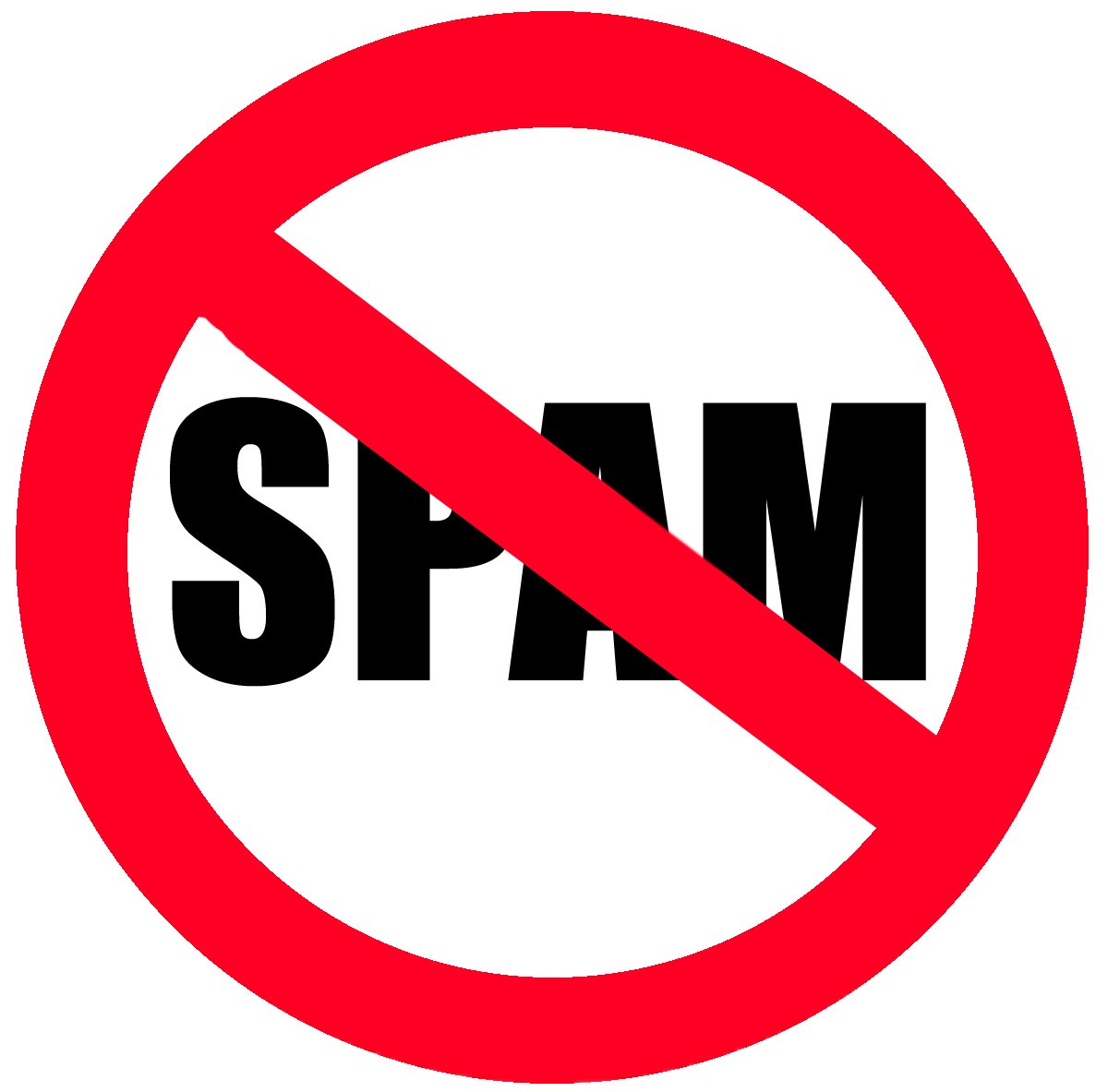It’s frustrating when you check your email list stats at the end of the day or week and are encouraged by a strong sign up rate only to find it’s partially or completely comprised of bots.
To this day I have no clue as to why a spam bot would sign up for an email list when they stand to gain nothing save for frustrating and likely costing the owner of that list some extra money in list fees. Maybe that’s their sole motivation. Maybe it’s not worth thinking about. It’s probably not worth thinking about.
But it is worth thinking about what you can do to protect yourself from email bot signups, so let’s cover 5 proven tips to protect yourself and your list from email bot signups to your email list.
Double Opt-In
Let’s begin with the obvious. Email marketing services offer their users the ability to require potential subscribers to their lists go through a double opt-in/confirmation process before they’re properly added to the list.
This is wise for a couple of reasons.
First, it will stymie the most basic of bots from signing up for your list. I’m talking about the bots from years ago which still don’t know how to do anything beyond filling o ut some fields on your website, meaning they won’t go into whatever BS email account they have and click the necessary links to confirm their subscription to your list. The more advanced bots of today will still get through, but this is a start.
ut some fields on your website, meaning they won’t go into whatever BS email account they have and click the necessary links to confirm their subscription to your list. The more advanced bots of today will still get through, but this is a start.
Secondly, requiring the double opt-in means that without opening and clicking the confirmation link, the email recipient won’t receive any subsequent emails.
Competitors and awful people in general could add in random email addresses to your signup form and without the double op-in those random and soon to be unhappy email address owners will likely be flooded with the emails reserved for your list. This significantly increases the chances that they’ll complain to their email providers like Yahoo or Gmail which will have consequences for you as you try to send out emails to other users of those services, even if those users requested those emails.
So again, the double opt-in is just wise for filtering out those who actually want to be on your list (plus some advanced bots) and the rest of the world.
Captcha
A captcha can generally be added easily to various points in the sign up process via your email marketing provider. You can put one on your field itself or as part of the double opt-in confirmation email. Whenever using captchas you run the risk of annoying your actual subscribers to the point that they abandon the signup altogether, but it was developed specifically to combat spam in this way.
Avoid Strict HTML
Bots have more difficulty working with Javascript code than plain HTML. You can cloak the typical “email field” type code which HTML carries with it and spam bots can easily identify when scanning pages if you use Javascript signup form code rather than simple HTML.
Cookies
You can assign a cookie to anyone who signs up for your list’s browser and require that that cookie is present through the entire process. This is a sign of decidedly human behavior when someone signs up for your list via your site then accesses their email in the same browser to confirm their subscription. Conversely, bots share these responsibilities which creates a lot of inconsistency which the cookie method can expose and block again.
Adding a Spam Identifying Text Field
This approaches the problem from a different angle.
At some point, you may just accept that you’re going to get some spam, but that doesn’t mean that you can’t get something out of it.
To do this, add a specific simple text field posing a question which only a human would answer naturally and in a way which makes sense. Make the question relevant to your niche and use it as a valuable poll-style question to learn something about your subscriber.
For instance, on this website at the time of this article I’ve included a field where I ask subscribers “what do you want to learn most about online marketing?”.
This is the easiest way to identify a spam bot as they will invariably automatically default to pasting in some spun nonsensical response as if they were filling out an “about” field. Something along the lines of “my name is blah blah and I like blah blah”.
At the end of the day you can then go ahead and single out the responses to this question which are clearly from a bot and remove them from your list with just a couple of clicks.
You can even create a segment specially designed for anyone who answers this question like a bot. If they input the word “name” in this field, for instance, then odds are 100% that they are a bot and can be labeled as such. Then you simply have to visit that segment each day and empty it out.
Some email marketing services will even give you an option to remove any signups which meet certain criteria automatically such as with the segment example I just gave.
You’ll likely find that most of the spammy signups are coming from the same handful of relative addresses and extensions in which case you can create segments to remove these subscribers time and time again.
Make sure that this field is required so that real subscribers and bots alike have to fill it out.
And because the question is related to your niche and actually relevant to the visitor, they’ll likely be happy to answer it. You can then take this information and create segments for these subscribers when they sign up so you know the specific things about your niche which interests them. Then when you have something specific to that segment, you’ll have a much more targeted email/offer to send to them.
I mentioned that this method tackles the spam bot problem from a different angle.
The great thing about this method is that you can significantly cut down on the amount of hoops you’re making real subscribers jump through to join your list. In the interest of getting as many real signups as possible, you want to make signing up for your list as simple as can be.
It should go without saying, but this method isn’t for those who have credit based email marketing plans where they pay per amount of emails they send out. In this scenario you’re likely going to be sending out more emails by not having as many spam filters, but it’s equally effective in separating the wheat from the chaff.
